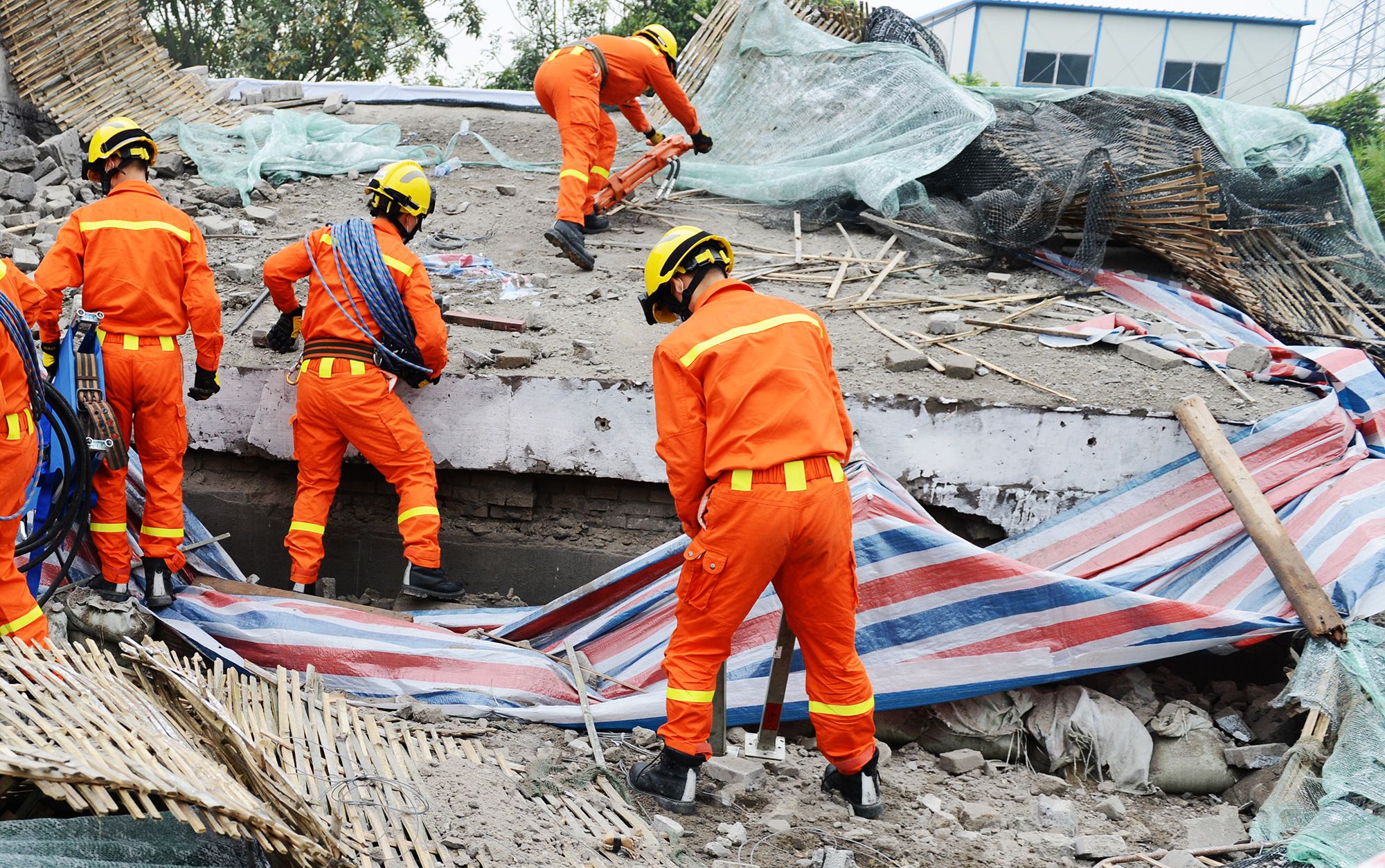In today’s uncertain world, organizations—whether public sector agencies, private businesses, or nonprofits—must be prepared for any disruption that threatens to halt their operations. Natural disasters, cyberattacks, pandemics, and even utility failures can significantly impact your ability to serve your community or customers. That’s where a Continuity of Operations Plan (COOP) becomes essential.
A well-crafted COOP is not just a document—it’s a critical roadmap that ensures your organization can continue its essential functions without missing a beat, no matter the challenge.
What is a Continuity of Operations Plan (COOP)?
A Continuity of Operations Plan (COOP) outlines the procedures and protocols an organization should follow to maintain its core operations during and after a disaster or emergency. It’s the backbone of effective disaster continuity planning, providing actionable steps to:
- Identify essential functions and critical systems
- Assign key roles and responsibilities
- Maintain communication with stakeholders
- Protect and access vital records and data
- Recover and restore operations to full capacity
Whether it's a power outage or a large-scale emergency, a COOP provides the structure needed to reduce chaos and maintain stability.
Why COOP Planning is More Important Than Ever
With the increasing frequency of climate events, global supply chain vulnerabilities, and evolving cybersecurity threats, it’s no longer enough to hope for the best. Emergency preparedness is no longer optional—it’s mission-critical.
A robust emergency preparedness guide or framework, integrated with your COOP, ensures that your personnel are ready to act. COOP planning:
- Minimizes operational downtime
- Protects assets and resources
- Ensures compliance with federal, state, or industry regulations
- Builds public trust by ensuring service continuity
Key Elements of a Strong COOP
Your organization’s COOP should be tailored to your unique operational needs. However, effective plans typically include:
- Essential Functions: Clearly defined critical services that must continue.
- Delegations of Authority: Who takes charge if key leaders are unavailable?
- Orders of Succession: Designated backups to ensure leadership continuity.
- Communication Protocols: Internal and external channels during an event.
- Alternate Facilities: Backups in case primary locations are compromised.
- Reconstitution Procedures: Steps to resume normal operations post-disruption.
Make COOP Planning Accessible and Actionable
A challenge many organizations face is ensuring that their continuity plans are practical and easily accessible when needed. While digital documents are helpful, field personnel and team leaders often benefit from physical, on-hand references.
That’s why tools like the Planning for Continuity of Operations Pocket Guide from QuickSeries are invaluable. Designed as a COOP pocket guide, it condenses complex continuity procedures into a quick-reference format that’s ideal for training, drills, or real-time emergencies.
Final Thoughts: Prepare Now to Thrive Later
Emergency events rarely arrive with a warning. Taking the time today to develop, test, and refine your Continuity of Operations Plan will pay off when it matters most.
📘 Ready to empower your team with an easy-to-use COOP resource? Explore our Planning for Continuity of Operations Pocket Guide and ensure your organization is always ready, no matter the challenge.
